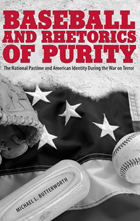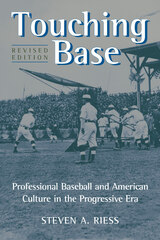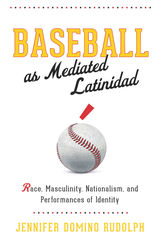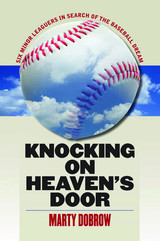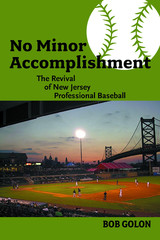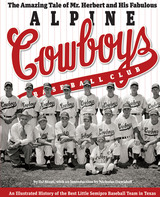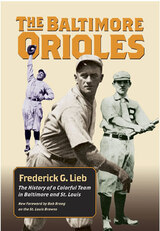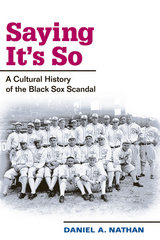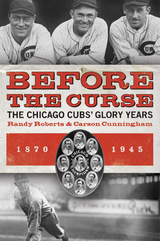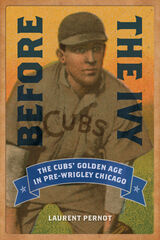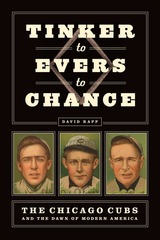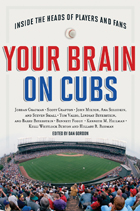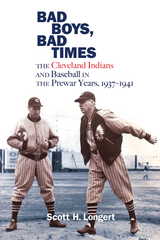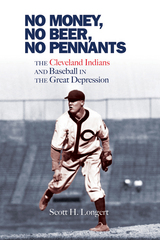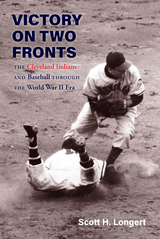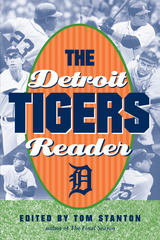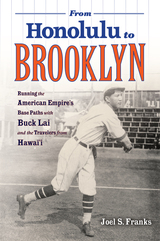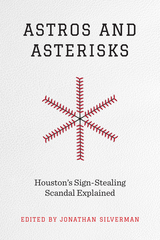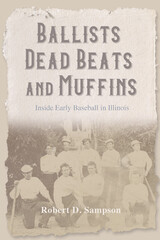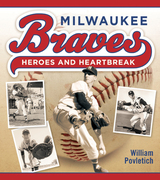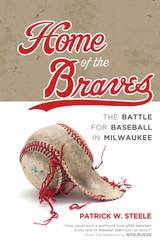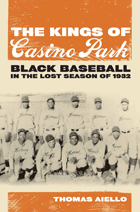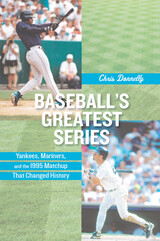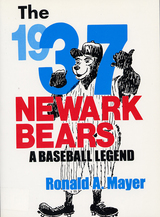Your Brain on Cubs: Inside the Heads of Players and Fans
Dana Press, 2008
Cloth: 978-1-932594-28-7 | eISBN: 978-1-932594-47-8
Library of Congress Classification GV875.C6Y68 2008
Dewey Decimal Classification 796.357640977311
Cloth: 978-1-932594-28-7 | eISBN: 978-1-932594-47-8
Library of Congress Classification GV875.C6Y68 2008
Dewey Decimal Classification 796.357640977311
ABOUT THIS BOOK | AUTHOR BIOGRAPHY | REVIEWS | TOC | EXCERPT
ABOUT THIS BOOK
A group of today’s leading science writers and neuroscientists explore here the ways that our brain functions when we participate in sports as fans, athletes, and coaches, taking baseball as the quintessential sport for all three perspectives. The contributors tackle such questions as: How does a player hit a ninety-mile-per-hour fastball when he barely has time to visually register it? Why do fans remain devotedly loyal year after year? And what allows them to believe in superstitions, such as a curse? Other topics investigated in the book include how a ballplayer’s brain changes as he gains experience and expertise, why there are a higher percentage of left-handers in the major leagues compared to the general population, and the ethical implications of neurological performance enhancement.
An expertly written and thought-provoking read, Your Brain on Cubs challenges us to reevaluate the nature of the sports fan and the athlete, revealing the scientific complexity underlying the seemingly black-and-white world of wins and losses.
White Sox fans were overcome with euphoria when their beloved team won after eighty-eight years of failure, and the long-suffering Red Sox Nation finally received their vindication in 2004. Now the Cubs are the only “cursed” team left: The team has repeatedly made the playoffs without ever winning the World Series for the last ninety-nine years, and yet thousands who bleed Cubbie blue pack Wrigley Field for every game. The reasons why ardent sports fans in Chicago and around the world buy expensive game tickets and memorabilia, fill stadiums, and live and die by their team’s fortunes is the subject of Your Brain on Cubs, an engaging study that delves into why sports engender such passionate emotions in us all.
A group of today’s leading science writers and neuroscientists explore here the ways that our brain functions when we participate in sports as fans, athletes, and coaches, taking baseball as the quintessential sport for all three perspectives. The contributors tackle such questions as: How does a player hit a ninety-mile-per-hour fastball when he barely has time to visually register it? Why do fans remain devotedly loyal year after year? And what allows them to believe in superstitions, such as a curse? Other topics investigated in the book include how a ballplayer’s brain changes as he gains experience and expertise, why there are a higher percentage of left-handers in the major leagues compared to the general population, and the ethical implications of neurological performance enhancement.
An expertly written and thought-provoking read, Your Brain on Cubs challenges us to reevaluate the nature of the sports fan and the athlete, revealing the scientific complexity underlying the seemingly black-and-white world of wins and losses.
See other books on: Baseball | Baseball players | Chicago Cubs (Baseball team) | Inside | Neuroscience
See other titles from Dana Press

